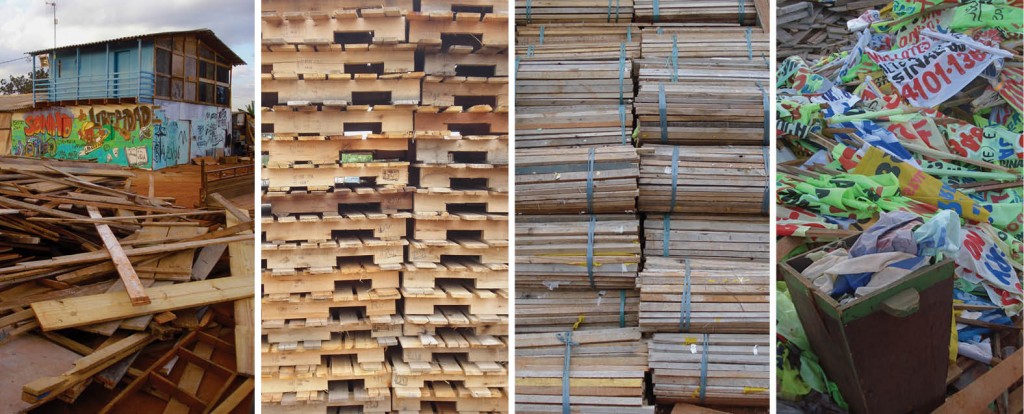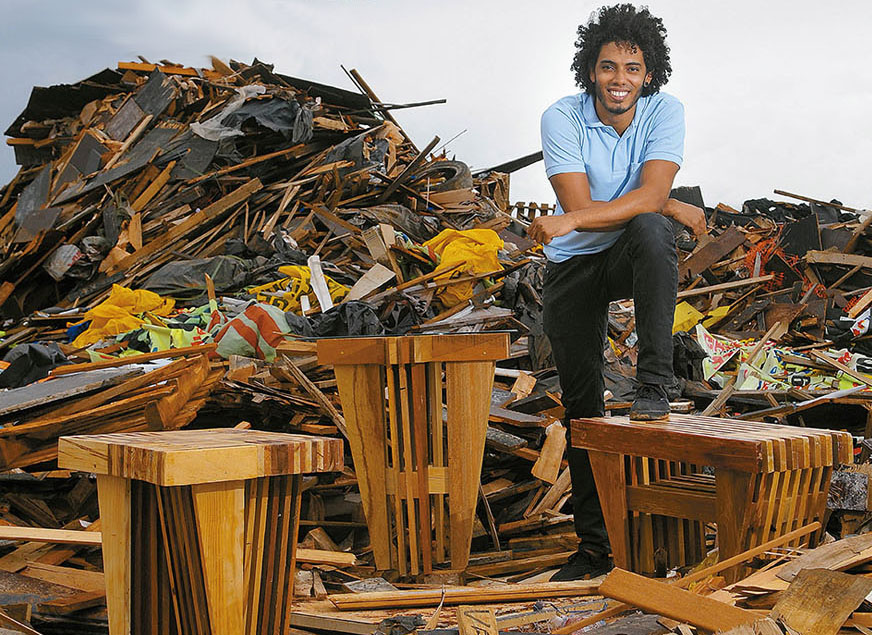Learning how to design
Posted by Laura Dusi on December 10, 2014In the article Is Humanitarian Design the New Imperialism? Bruce Nussbaum discuss why designers with the intend to help solving problems in foreign countries might be seen as a new type of colonists by their design professionals. That imperialist approach to design projects with local communities goes beyond what is discussed by Nussbaum. Even local designers should be mindful in their approach, as Bryan Bell commented “B. Nussbaum argues that design participation means participation of local designers. It does not, it means participation of local users. Design is a cultural act, but given that many areas of need are under-educated, waiting for designers to emerge from their own under-resourced community necessitates that other designers need to be involved, as sensitively as possible, working with local residents to address their challenges”.
To deepen this discussion and bring a different perspective to that issue I interviewed Thiago Lucas about his furniture line called Estrutural. He is a young Brazilian designer working with a community sustained by the resources they find in a landfill in the city of Brasília. His mindful learning process of designing with a low income community illustrates how working with communities might be positive for all involved. This is an interview about how a design student learned the ethics and implications of design by designing.
The beginning
An assignment for a photography class in the Industrial Design program of University of Brasília led him to the first contact with people that lived in the landfill area in Brasília called Estrutural. Inspired by the song Haiti from Caetano Veloso, Thiago looked for situations in the city where social inequality is perceived. Portraying this people in their daily activity created the access point in the community.
From photography to design
His following semester of the Industrial Design course required the development of a product related to sustainability issues. Thiago went back to the community to deliver a developed portrait and decided to analyze if there was a possibility for him to work with them.
Accepted by the community he started exploring the possibilities of work. That’s when he got his firsts insights. The wood was the only material not used by the community as a source of income and they only used the wood found to make small repairs in their homes. Also, most of the houses lacked some type of basic furniture, being the bed one they had the most interest in.
“I couldn’t propose to work with any material they already used and risk their basic income. So I saw an opportunity to use materials they didn’t count on, that they had familiarity in bringing it into their houses (for repairs) and at the same time help them take their children out of the ground.”
Responsibility with the community
The first semester working with the community of Estrutural ended with a prototype of a bed made of spools with simple cuts and joints. The product achieved the goal for Thiago’s class and what he had proposed to the community. However, giving them a product was not enough. The focus of his work changed when he understood the responsibility he had with the community to create something sustainable.
He realized that even with a long term contact with the community you are not part of it and need partners inside to develop meaningful projects. At the same time, the wood that was in abundance before started to disappear from the dump. That was when he discovered that a new organization called Sonho de Liberdade was using the wood, especially the wooden slats to sell as ground stakes for banners.
Sonho de Liberdade (Dream of freedom)
Sonho de Liberdade is a cooperative that works towards social inclusion of former prisoners, that are commonly marginalized from society, to give them dignity and a mode of support themselves financially. Thiago saw there the opportunity of establishing a partnership. It was easy because the founder by Fernando de Figueredo had already a commercial vision and knew that in order to achieve a better income for the cooperative they needed to add value to their material. Fernando saw an opportunity to achieve that through this collaboration with Thiago. Together they initiated the development of the Estrutural furniture line.
“Having the support of a leader inside the community was fundamental for the project to work.”
Changing from product to service
Knowing about the socioeconomic vulnerability of the workers in the cooperative, Thiago knew the importance of finding ways of not interfering with their main income. “They cannot wait until the end of the month for payment”. The new products should have guaranteed financial return and should be added in their work process in a way that did not interrupt their short term income production.
Thinking about the system involved in producing the furniture other challenges appeared: How to reduce turnovers in the cooperative? How to encourage the workers to invest in a profession? How to sell the products and who is responsible for that?
Those issues are still present even after graduation.
Thiago has recently founded his own design company with Bruno Antunes. Baru has established an official partnership with Sonho de Liberdade to continue this project.
Is Humanitarian Design the New Imperialism?
At the end of Nussbaum’s article he asks if designers should “better see themselves through the eyes of the local professional and business classes […] and wonder who has the right answers” and if local designer “have important design lessons to teach Western designers”.
Thiago’s learning and professional path teaches us that the most important issue is not respecting local professionals but the community itself. All designer are outsiders of the community regardless of their nationality. Partnering with the right person inside the community is what should be considered for a good design process and a meaningful outcome. Design with, not for.

